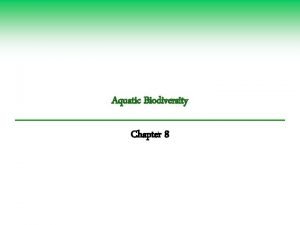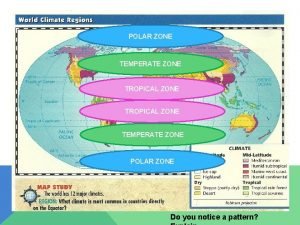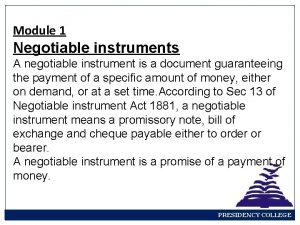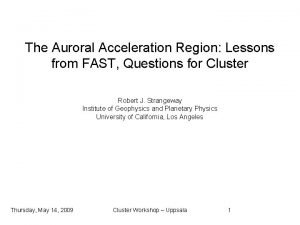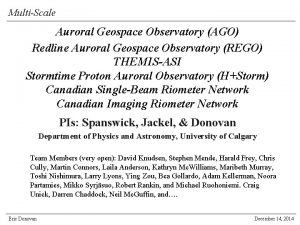Auroral Acceleration Region Auroral zone crossing shows InvertedV




- Slides: 4

Auroral Acceleration Region Auroral zone crossing shows: Inverted-V electrons (upward current) Return current (downward current) Boundary layer electrons December 13, 2004 1

Morphology • The inverted-V aurora are the classical aurora, generated by electrons that have fallen through a large scale potential drop. These electrons carry upward current. The currents are usually relatively unstructured • The return current is a downward current. The electrons in this region are usually bidirectional (albeit with a net upward flux), and the distribution function has been heavily processed by wave-particle interactions. The currents can be quite filamentary. • The “Alfvén aurora” are often associated with the plasma sheet boundary layer. Much like the return current aurora, the electron fluxes are bidirectional and modified by wave-particle interactions. The field-aligned currents are highly stuctured, and the net current can be near zero. Sometimes a narrow flow channel is observed in the region of Alfvén aurora. December 13, 2004 2

Observations Available • During Fall of 2005 FAST will be acquiring data in the northern hemisphere, while Polar perigee will also be in the north. Spacecraft provide complementary measurements of particles and fields in and above the auroral acceleration region. • The THEMIS ground system facilities will provide measurements of magnetic fields and auroral emissions at the foot point of the auroral flux tubes. • Polar observations: higher altitude field-aligned currents, source plasmas, structure of the magnetospheric flows. • FAST observations: field-aligned currents, accelerated particles, possible electrostatic shocks. • THEMIS ground observations: magnetic fields from the ionospheric currents, inferred flows, precipitating particle spectra as inferred from auroral signatures. December 13, 2004 3

Physics Addressed • Mapping of electric fields and currents from Polar to FAST altitudes: Is the ionosphere shielded from magnetospheric convection by the parallel potential drops? Are FACs more or less filamented as a function of altitude? If degree of filamentation changes is it a function of current polarity? • Conversion of electromagnetic energy carried by Alfven waves to energetic particle fluxes: Provide an energy budget as a function of altitude, testing energy conservation. • Mapping of ionospheric closure currents: Where do the inverted-V currents close? Are closure currents longitudinal (zonal) or latitudinal (meridional)? • What about conductivity enhancements, as indicated by enhanced precipitatiing particle fluxes? • Is there a region of zonal flow at high latitudes that is associated with the boundary layer Alfven wave aurora? December 13, 2004 4
